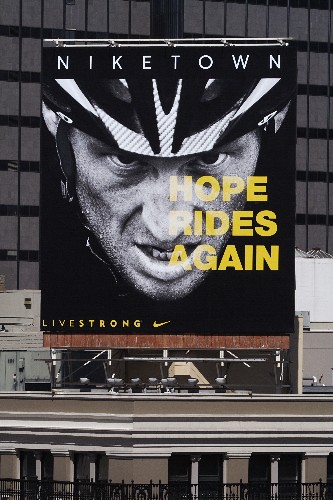Because in May 2021 the 60/61 kg weight was not based on only balanced quality training. Nor on a good basis. The weight loss was forced. Boxers, weightlifters, judocas also apply that forced weight loss before their competition or for their one day that they have to perform. Although they do lose some strength, they usually manage to survive that match or match day in their weight category. But stageriders can't. Maybe a few days. But not for weeks. That's the reason Evenepoel did't perform after a few days, last year in the Giro.
The loss of weight for the Vuelta will be achieved in a different, balanced way. Evenepoel will therefore perform better in the Vuelta, and also finish it. With a good result. Probably not with the overall win. It's a few years too early for that






